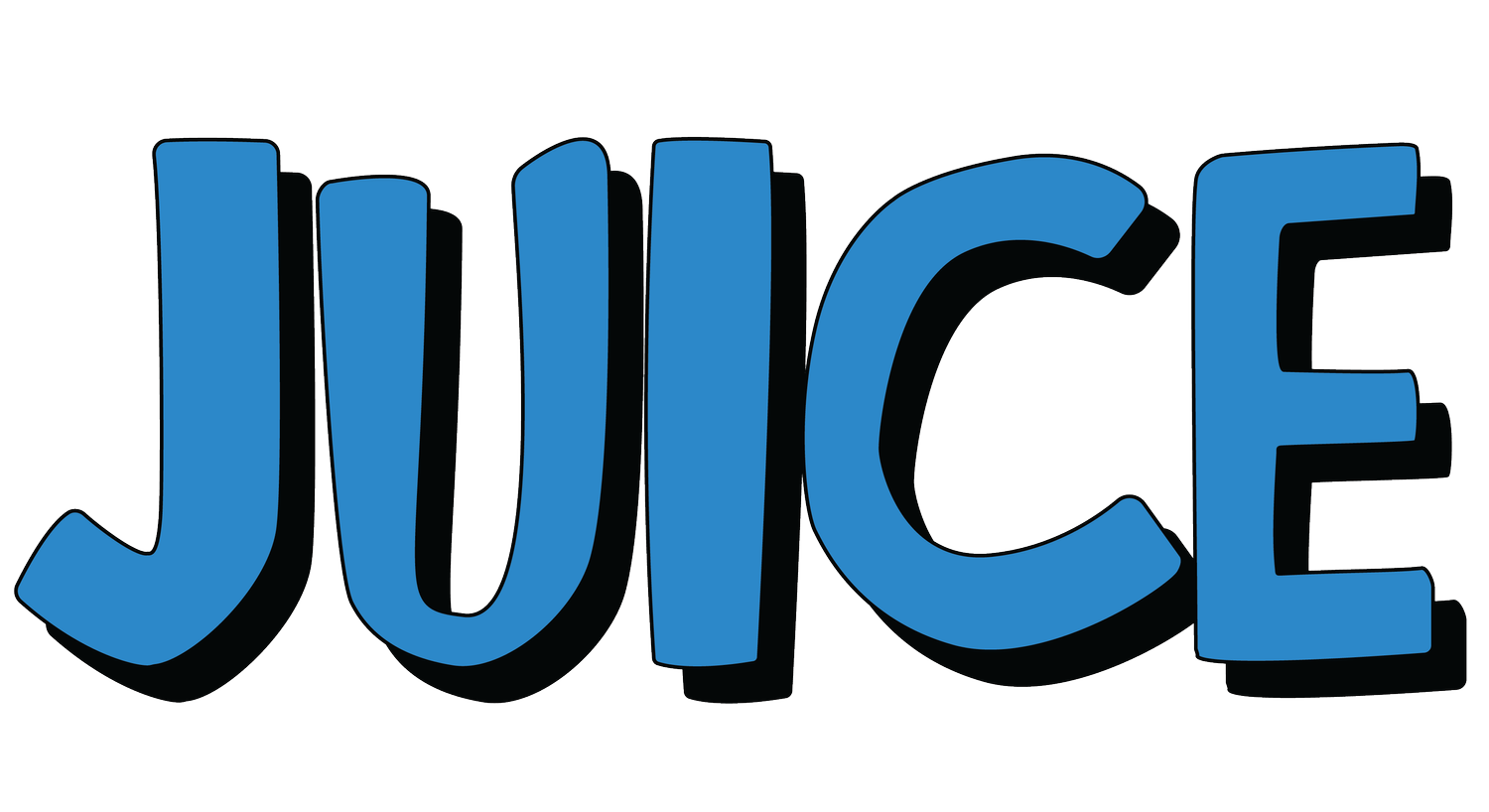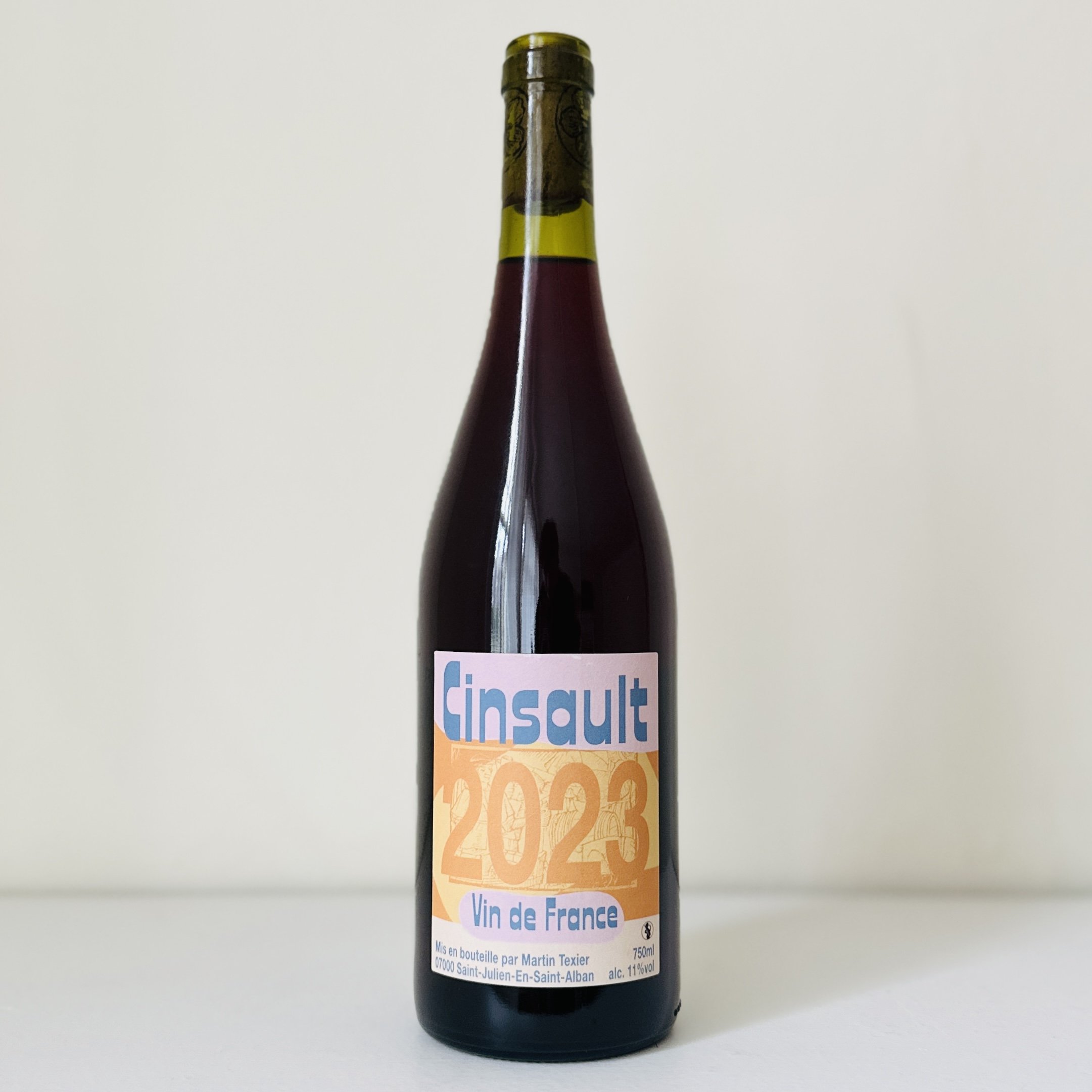MARTIN TEXIER
-
Getting to Martin Texier’s winery without a car isn’t easy. I took a train from Tain to Valence, a bus from Valence to Saint-Julien-En-Saint-Alban, and then hiked a few kilometres through the woods and across a questionable bridge. March was quickly turning to Spring, a noticeable difference from Burgundy only a few days earlier.
The winery is a minimalist wooden building with an expansive interior built to Martin’s specifications. He’s thrilled to be in a new construction – clean, organized, flexible. Although built above ground, the interior stays cool, allowing the wines to flex with the seasons without overheating.
-
We quickly poked around the tanks and barrels before heading to the vineyards. Saint-Julien-En-Saint-Alban is the southernmost point of the Northern Rhône. The valley is rugged, punctuated by mini-mountains and tributaries. Its soils are similar to those in more illustrious appellations like Saint-Joseph, Hermitage, and Cornas but with greater variability. Granite is dominant, but Gneiss, Schist, and Clay all appear to varying degrees. You’ll find blue-grey limestone where the cypresses start, which can erode into the vineyards below. Vineyards higher on the slope yield more finessed wines, while vineyards on the fertile valley floor provide volume.
Martin has roughly 5.5ha in this commune planted to a broader range of varieties than adjacent appellations. Since the frigid Bise, a wind from the North doesn’t have the same bite this far South, you’ll find Grenache and Cinsault. The oldest vineyards were planted with selection massale in the 40s and 50s; they provide exceptional vine material for propagation. These old plots include La Clau, a haven for Serine, Syrah’s wild ancestor.
Across the river, 10km East, is the tiny and forgotten appellation of Brézème. This south-facing coteau is reminiscent of Hermitage’s imposing stature but features white limestone soils. Martin farms 5ha of the 22ha appellation. The oldest vines were planted in 1945, but new plots were planted as recently as 2022. This jewel of the Rhone tends to yield crystalline wines with bell tone clarity and elegance – easily some of my favourite Syrah and Roussanne in the world.
Beyond these two regions, Martin is interested in revitalizing the town of Coux. There’s evidence vineyards once thrived here, but they’ve been all but abandoned. You can see what used to be terraces creeping up the valley walls – the temptation is too great. He has also revitalized deserted sites that include cultivars like Chasselas, Muscat, and Clairette, varieties that were once widely planted in the area.
-
Across the board, the vineyards are farmed organically. Winter cover crops and green manure are crucial to his process. Tilling is used judiciously. Everything undergoes spontaneous fermentation in the winery, and he eschews additives other than up to 25ppm of SO2 at bottling. He uses whole clusters and destemmed fruit to achieve a more balanced style.
-
After a quick vineyard tour, we met up with his friends at the market in Privas. We grabbed some oysters (an adventurous first bite since my agonizing case of food poisoning the day before) and wandered into the local bottle shop, Les Amis du Bouchon. You could purchase a bottle, have the owner pour you a glass, wander the market, and return later; how civilized. Martin described the proprietor as an old-school socialist who refused to charge more than a few euros over the purchase price, making this one of the most affordable wine stores on the planet.
We drove back to Martin’s home and began preparing lunch. I was so lightheaded from my accidental forty-eight-hour fast that I sliced my finger on a grater as I prepared the salad. We sat on the patio and rambled, overlooking his girlfriend’s small hillside goat farm; the cheese she makes is sensational.
-
Martin’s father, Eric Texier, is revered in the natural wine world. The nuclear engineer left his job in the 90s to pursue winemaking, taking a portion of his former career’s analytic character and balancing it with the spiritual side of agriculture espoused by his first mentors (Jean-Marie Guffens, Raymond Trollat, Marcel Juge). This legacy undoubtedly inspires Martin. He is slowly taking over many of his father’s vineyards, but he also has his own story. Winemaking differences include shorter maceration and élevage times, resulting in wines with more primary fruit.
Martin originally went to school for economics, but after a brief stint working at Uva and Flatiron Wines in NYC, moonlighting at the legendary A1 Records, and performing under the pseudonym DJ Sans Soufre, he found his way back to the vines. Since 2014, he’s been dedicated to this unique corner of France. He has thoughtful confidence; he’s direct and sure of himself. His joie de vivre is perfectly captured in his energetic and wily wines. We can’t wait to watch him grow.
MORE FROM THE RHÔNE VALLEY: DOMAINE RICHAUD | THIBAUD CAPELLARO | LA FERME DES SEPT LUNES
2023 PREYNA
This cuvée is typically three quarters Cinsault (planted in 1955), one quarter Grenache with slight variation depending on the vintage. The grapes come from several small plots around the commune of Saint-Julien-en-Saint-Alban. The Cinsault is fermented whole cluster while the Grenache is destemmed. After a week of maceration, the wine is pressed off to finish fermentation in concrete. It is racked once before a short élevage. The wine is bottled unfined and unfiltered the following spring. 12.0% ABV
2023 LA ROUVIÈRE
This wine is a blend of Clairette and Roussanne from Saint-Julien-en-Saint-Alban. The grapes are whole-cluster pressed into tank. After a short settling period, the juice is racked off its heavy solids and ferments in stainless steel. It is bottled the following spring. 12% ABV
2023 GRENACHE
This wine comes from thirty five year old vines planted primarily on granite but with smatterings of blue-grey limestone, quartz, schist, and gneiss as well. Whole clusters were crushed by foot before a week long maceration in tank. The wine is pressed off, and after a short élevage in concrete, it is bottled unfined and unfiltered. 13.0% ABV
2023 CINSAULT
2023 PETITE NATURE
This wine is made from Muscat Blanc a Petit Grain from 30-year-old vines planted on calcareous clay. The grapes are whole cluster pressed into stainless steel for racking and then fermentation. 10% of the juice is frozen as a liqueur de tirage for secondary fermentation in bottle. It is released undisgorged and without SO2. 12% ABV
2022 BRÉZÈME ROUGE
Located at the confluence of the Rhone and Drome, this tiny appellation (22ha) bears a striking resemblance to Hermitage. Its steep southern exposure and calcareous soils mirror those of Maison- Blanche. This is essentially the furthest south appellation still affected by the winds of the northern Rhône. A mix of whole cluster and destemmed grapes are fermented in tank with minimal pigeage and remontage to minimize extraction for ten days. After pressing off, the wine spends nearly two years in foudres and demi-muids until it is bottled unfined and unfiltered. 12.5% ABV
2023 BRÉZÈME BLANC
Located at the confluence of the Rhone and Drome, this tiny appellation (22ha) bears a striking resemblance to Hermitage. Its steep southern exposure and calcareous soils mirror those of Maison-Blanche. This is essentially the furthest south appellation still affected by the winds of the northern Rhône. Roussanne from six year old vines is direct pressed into tank. After a day of settling, the juice is racked into barrel for fermentation and an extended élevage. The wine is bottled with less than 25ppm of SO2. 14.5% ABV
2022 CÉROUAN SERINE
This wine comes from La Clau in Saint-Julien-en-Saint-Alban, a plot planted in 1955 with Serine, the ancient cultivar of Syrah. It is primarily on the classic granite of the northern Rhone at 250-300m above sea level. This is Martin’s first vintage taking over this prized site from his father. Two thirds of the grapes were destemmed while the remainder underwent three days of carbonic maceration before being crushed. After about a week, the wine is pressed off into neural barrel to for élevage. After a little more than a year, the wine is bottled unfined and unfiltered. 13.5% ABV




































